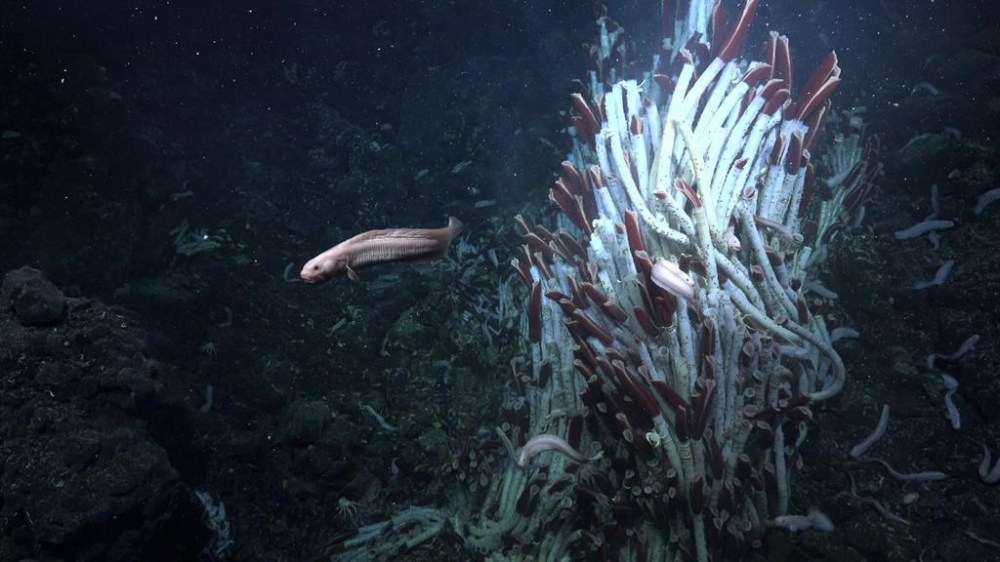Tubeworms, snails and other weird creatures found under the seafloor
Advertisement
Read this article for free:
or
Already have an account? Log in here »
To continue reading, please subscribe:
Monthly Digital Subscription
$0 for the first 4 weeks*
- Enjoy unlimited reading on winnipegfreepress.com
- Read the E-Edition, our digital replica newspaper
- Access News Break, our award-winning app
- Play interactive puzzles
*No charge for 4 weeks then price increases to the regular rate of $19.00 plus GST every four weeks. Offer available to new and qualified returning subscribers only. Cancel any time.
Monthly Digital Subscription
$4.75/week*
- Enjoy unlimited reading on winnipegfreepress.com
- Read the E-Edition, our digital replica newspaper
- Access News Break, our award-winning app
- Play interactive puzzles
*Billed as $19 plus GST every four weeks. Cancel any time.
To continue reading, please subscribe:
Add Free Press access to your Brandon Sun subscription for only an additional
$1 for the first 4 weeks*
*Your next subscription payment will increase by $1.00 and you will be charged $16.99 plus GST for four weeks. After four weeks, your payment will increase to $23.99 plus GST every four weeks.
Read unlimited articles for free today:
or
Already have an account? Log in here »
Hey there, time traveller!
This article was published 15/10/2024 (398 days ago), so information in it may no longer be current.
NEW YORK (AP) — Scientists for the first time have uncovered an underworld of animal life thriving beneath the seafloor.
An expedition to a volcanically active ridge in the Pacific off South America has revealed worms, snails, giant tubeworms and other strange creatures lurking below steamy underwater hot springs.
Researchers have long studied animal communities near such hydrothermal vents. Many thought only microbes and viruses could survive underneath. To their surprise, an underwater robot last summer overturned volcanic slabs and found diverse life under the vents.

“This was totally unexpected,” said study co-author Sabine Gollner with the Royal Netherlands Institute for Sea Research.
Young critters from above the seafloor could be traveling through the vents to settle in the depths, Gollner said.
The research published Tuesday in the journal Nature Communications.
Future studies will help reveal whether colonies of animal life exist below other hydrothermal vents around the globe.
“This is an initial discovery that’s really promising,” said Jason Sylvan, a microbiologist at Texas A&M University who was not involved with the research.
___
AP video producer Zara Eldridge contributed to this report from London.
___
The Associated Press Health and Science Department receives support from the Howard Hughes Medical Institute’s Science and Educational Media Group. The AP is solely responsible for all content.

